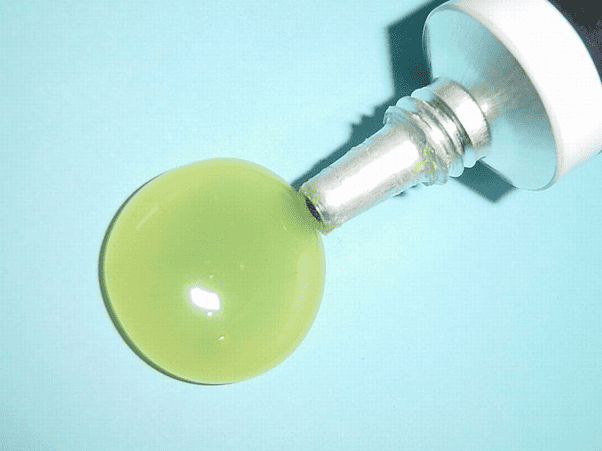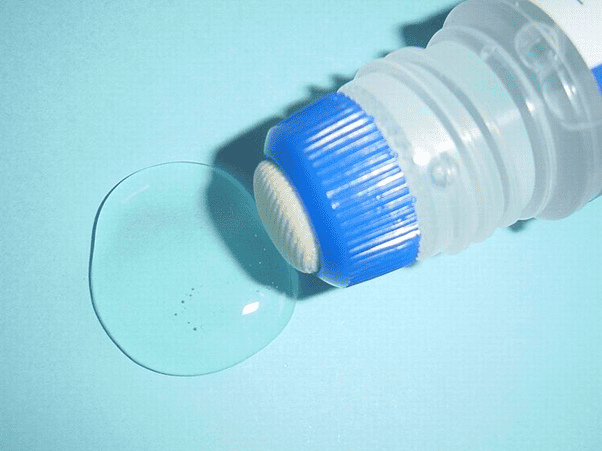Using adhesives to bond metal panels and components has many advantages over traditional methods like welding, riveting, soldering and bracketing. It is faster, more consistent, avoids stress points, requires less equipment and fewer trained personnel; but it’s important to choose the right adhesive for the job.

Not all adhesives work with metals, and those that do are often metal-specific. Whilst steel and copper surfaces are receptive to many, lead and aluminium require a careful choice of metal bonding adhesive. Adhesion isn’t your only concern – adhesives may change electrical or thermal characteristics that are important in the product. You also have to consider the rigours to which the product will be subjected – such as vibrations, shear forces and temperatures.
Superglues
Most cyanoacrylates can be stored before use, are easy to apply and achieve full strength quickly. However, they are the least suitable for many metals and metal combinations, including aluminium, and have little gap-filling capability – which weakens their bonds. They are also vulnerable to moisture, vibration and shock.

Polyurethanes
Polyurethane adhesives are easy to store if they are kept dry – moisture usually accelerates their setting – but like superglues, they are not great at gap-filling. Joints have to be kept clamped until they set. They work well with metals but have less strength than superglues and epoxies.
Epoxies
Most epoxies are two-part formulations that have to be mixed onsite immediately before use, and this is their biggest weakness. Bond strength depends heavily on perfect mixing, and this is hard to achieve onsite. Spare adhesive cannot be saved which leads to wastage, and mixing exposes personnel to chemicals.
Although you can vary the formulation to slow or accelerate hardening, you have limited time to get parts into precise position, despite which there is a substantial wait before it achieves full strength. On the plus side, epoxies can work with “difficult” metals like aluminium.
Specialist metal bonding adhesive
CT1 is an example of a new type of metal bonding adhesive that has the advantages of epoxies without the disadvantages. It is easy to store, easy to apply, fills gaps, and works with virtually any metal combination. Being more flexible than epoxies it is better at withstanding vibration, shock and shear forces caused by thermal expansion.
CT1 is an exciting product that will allow many more metal fabrication procedures to move away from welding and riveting.
